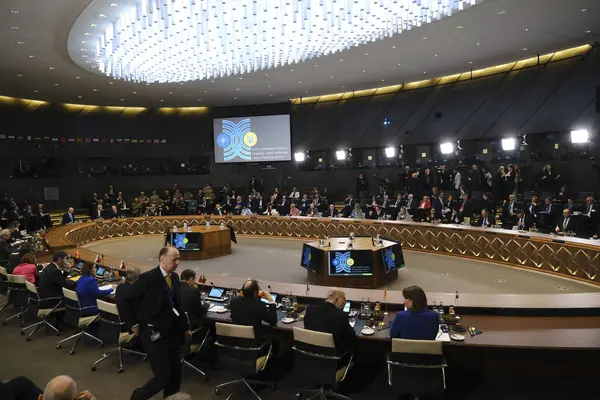
“There’s nowhere to hide on the modern battlefield.” That is a warning from Ed Arnold of the Royal United Services Institute that has turned into a defining truth in the Ukraine-Russia war, with drones and precision strikes rewriting the rules of combat. The past 48 hours have delivered a cluster of events underlining how quickly the conflict’s technological and strategic dimensions are evolving.
From high-value Russian aircraft destroyed deep in occupied Crimea to NATO’s first use of a new U.S. weapons procurement scheme, Ukraine’s military and its allies press their advantages in both the physical and political battlespace. Meanwhile, internal challenges in Kyiv’s defense procurement system and the destruction of critical Russian air defence assets underscore the complexity of the war. The following are the most significant developments shaping the current phase of the conflict.

1. Drones from Ukraine hit five Russian warplanes in occupied Crimea
The SBU launched the drones in an overnight precision strike from the Special Operations Centre “A” against the Saky airbase in Russian-occupied Crimea, destroying one and damaging another Su-30SM multirole fighter, while three Su-24 strike bombers were also hit, plus an aviation weapons depot. The Saky base is important to enable Russia’s activities over the Black Sea, supporting patrols, radar surveillance, and long-range bomber escorts.
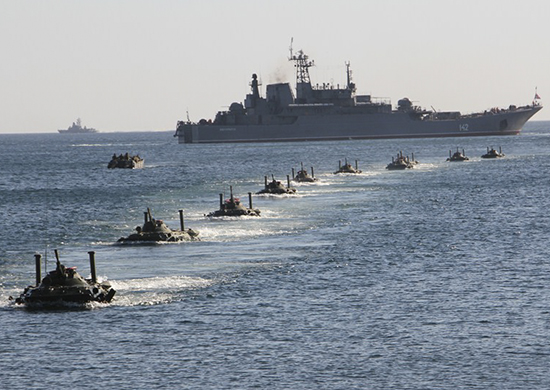
The SBU characterized the attack as “another step toward weakening the enemy’s capacity to wage its war of aggression against Ukraine.” The strike entailed a serious material loss given that one Su-30SM costs between $35–50 million. This is part of a wider Ukrainian strategy that has already forced Russia to move naval assets after continued drone and missile attacks on its Black Sea Fleet.

2. Railway and Energy Infrastructure Targeted in Volgograd Oblast
A “massive” Ukrainian drone strike hit the Archeda railway station in Frolovo, Volgograd Oblast, disrupting rail services and causing a regional airport to temporarily close. The Governor of the region, Andrei Bocharov, said that transport and energy facilities had been struck; Russian Railways reported the suspension of its services.
At nearly 900 kilometers from Moscow, the Volgograd Oblast may be considered quite far, but it’s close to occupied Luhansk, a significant logistics corridor. Nevertheless, while Russia’s Ministry of Defense claimed shooting down 61 Ukrainian drones across several regions, the scale of disruption indeed suggests that Ukraine is increasingly willing to strike deep into Russian territory to degrade logistical and energy infrastructure.
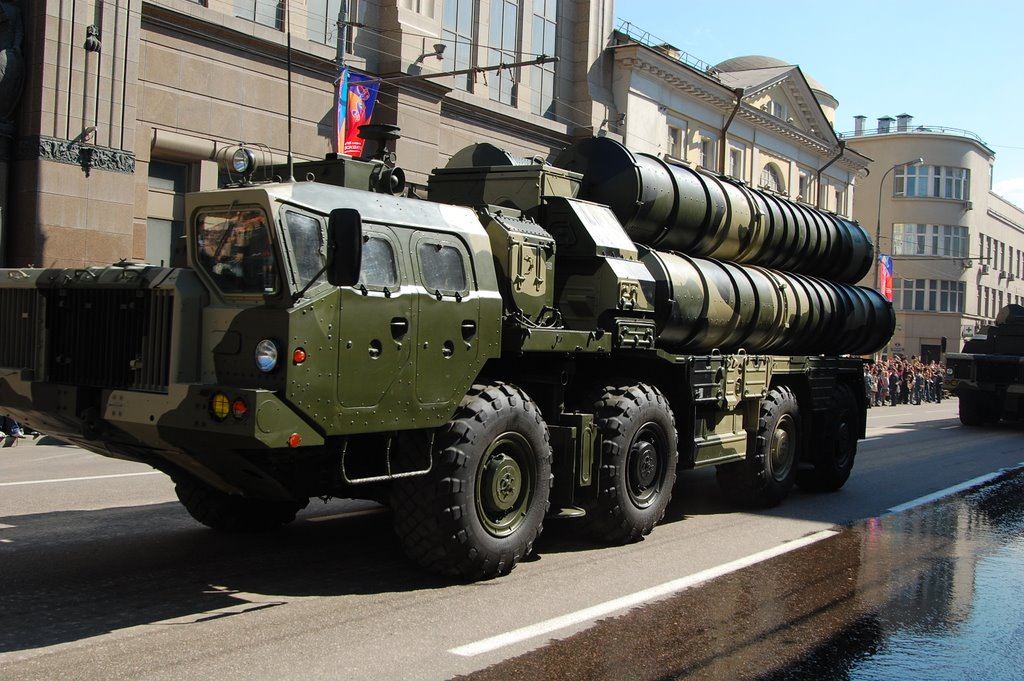
3. The destruction of a Russian S-300 air-defence system
A Russian S-300 surface-to-air missile system was destroyed in the occupied Zaporizhzhia Oblast, the Ukrainian forces confirmed. The S-300 can engage targets out to 150 kilometres and remains one of the cornerstones of the Russian air defense network, also being utilized for ground strikes.
According to Ukraine’s General Staff, the elimination of this system considerably reduces Russia’s long-range strike capability in the region. This was part of the broader strategy of Kyiv systematically targeting high-value air defence assets to carve out corridors for drone and missile operations tactic that has time and again eroded Russian control over contested airspace.
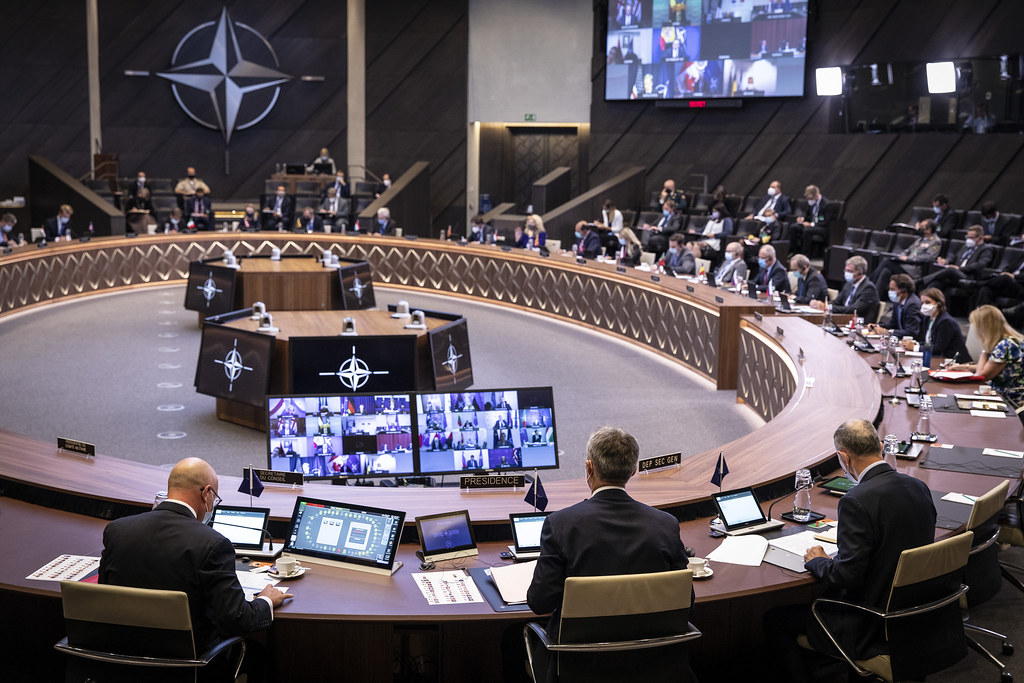
4. NATO’s First Use of New U.S. Weapons Procurement Scheme
By doing so, the Netherlands has become the first NATO member to purchase U.S.-manufactured weapons destined for Ukraine under the new PURL mechanism. A €500 million ($579 million) package, the items include Patriot missile components and other systems meant to enhance Ukrainian air defense.
“Ukraine needs more air defense and ammunition now,” said Dutch Defense Minister Ruben Brekelmans, framing the delivery both as a defensive necessity and as a deterrent to broader Russian aggression in Europe. President Volodymyr Zelensky praised the move as a “substantial contribution to strengthening Ukraine’s air shield”, saying it was a direct result of the June NATO summit in The Hague.
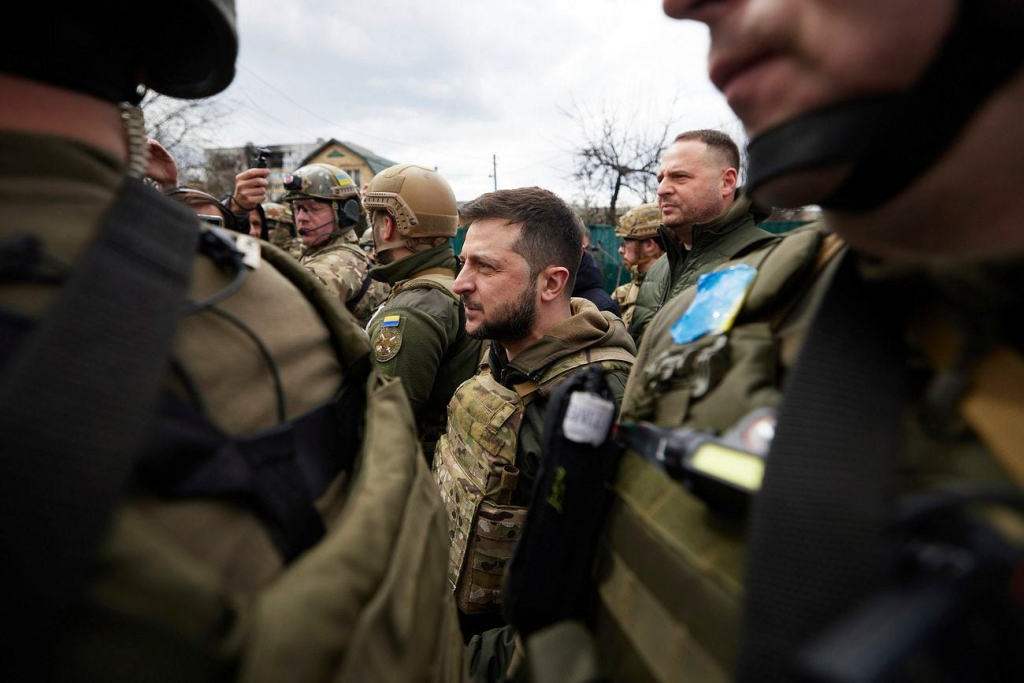
5. Corruption probe targets Ukrainian defence procurement
The High Anti-Corruption Court of Ukraine has jailed lawmakers Oleksii Kuznetsov and ex-Luhansk Governor Serhii Haidai over a scheme involving allegedly inflated contracts for drones and electronic warfare equipment. According to an investigation carried out by NABU and SAPO, up to 30% of funds in those contracts were siphoned off as kickbacks.
These were signed in 2024-2025 and were directly related to frontline procurement needs. The case is a reflection of Kyiv’s continued struggle to bring transparency and efficiency into wartime procurements, even as it pioneers rapid procurement systems like the “Brave1” platform to speed up delivery to combat units.

6. Lessons from Ukraine’s Drone Warfare Reshape U.S. Army Doctrine
The U.S. Army is studying Ukraine’s use of drones as it overhauls its own tactics, procurement, and unit structures. War Secretary Pete Hegseth has ordered that every squad is to have unmanned systems by 2026, reflecting how drones have made traditional battlefield concealment a thing of the past.
The success which Ukraine has had in operations, including last June’s Operation Spiderweb, where up to 117 FPV drones hit five Russian airbases and damaged 41 aircraft, drove home how cost-effective the use of drones against high-value targets is. U.S. units are now experimenting with drone-led strike companies, integrating loitering munitions, reconnaissance systems, and counter-drone measures into standard formations.

7. Strategic Shift in Armour Deployment
The vulnerability of tanks to low-cost drones is forcing a doctrinal shift. Both Russian and Ukrainian forces have had massive armored losses, with $400 FPV drones destroying multi-million-dollar tanks. Now, U.S. Army planners advocate for relegating tanks to a supporting role while drones go first in an assault to identify and neutralize threats. Future Abrams designs are supposed to be lighter and have remote-controlled turrets among other things, with improved counter-drone defenses. This would parallel the evolution in Ukraine, where increasingly, drones set the tempo for the ground offensives.

The most recent strikes, procurement moves, and doctrinal shifts put into sharp relief a war of rapid technological flux. Ukraine’s integration of drones into strategic and tactical operations not only reshapes the battlefield in Eastern Europe but also influences how NATO and the U.S. military prepare for future wars. As both sides continue to adapt, the balance between offense, defense, and innovation will continue to shape the trajectory of this war.

